This post may contain affiliate links, which means I may receive a commission, at no cost to you, if you make a purchase through a link. Please see my full disclosure for further information.
Visit Delhi in 2 Days: my itinerary from Old Delhi, flourished during the Mughal dynasty, to the New Delhi, marked by the British architectural style.
I’m on the plane, sitting in my window seat as usual, reading books and travel guides to plan my visit of Delhi in 2 days.
It makes me smile how naive I was then! I still had no idea of what it really meant traveling to India and that “to plan” is a verb that doesn’t even exist in the Indian vocabulary.
I land in Delhi at around 2 am. As soon as the plane touches the ground, I smell something.
I look through the window and I see a huge scary gray cloud covering the sky. And here it is! I finally get to meet the notorious Delhi pollution!
I tell the driver who picked me up at the airport: “There is a lot of pollution in the city!”. He looks at me, like he has no idea of what I am saying, and goes: “Pollution? Little pollution!”.
And in less than an hour since my arrival in India, I face one of the complex aspects of the Indian culture: the denial, even when the truth is right there in front of your eyes!
I don’t go into that and in less than half an hour I’m finally at the hotel where Mallory, my loyal American travel partner, is waiting for me.
We haven’t seen each other for a year. You can imagine the high notes and the symphony produced by our reunion!
Luckily, our hotel doesn’t have a strict noise policy!
At 5 am we decide that maybe it’s time to go to sleep, also because we will have a long day to explore the capital city of India!
DAY 1. OLD DELHI.
First morning waking up in India. We wear our anti-pollution masks that Mallory brought from Thailand, where she lives from a couple of years now.
In Asia if you don’t have an anti-pollution mask you are nobody! So Mallory decided to bring with her the latest fashions ones.
We hop on a tuk-tuk and here we are, zigzagging between cars and cows direction Red Fort.
Around the streets of India there is always the sound of the horn blowing. Mallory and I try to find some logic behind it. Maybe they honk when they overtake another car? No, now they are just waiting at the red light and they are still honking. Maybe they use it to be noticed by the cows?
We asked and they said: “If you don’t blow the horn, your car doesn’t work”.
Confused by the answer, we learn the first rule of India: don’t ask questions. You will never get a satisfying answer.
Finally we are in front of the Red Fort.
No, we don’t want to rob the fort, I swear! We just want to visit!
THE RED FORT OF OLD DELHI.
We are waiting in a never-ending line, when someone comes to us and says: “The line for foreigners is over there!”.
I wonder how he guessed we were foreigners!
Joking apart, we are happy to find out that the line for foreigners is very short and in a few minutes we are inside the Red Fort.
Separate lines are pretty much everywhere at the entrance of the tourist attractions. Indians pay a preferential rate, while foreigners pay a tourist rate which is way more expensive but it gives the privilege to skip endless lines.
The Red Fort (Lal Qila in Hindi) is in Old Delhi, that was once the capital city of the Islamic India. It was built in red sandstone by the emperor Shah Jahan, between 1638 and 1648, during the Mughal era, to recreate the paradise described in the Koran.
The Red Fort was the residence of the emperor, his wives and concubines.
Among the fort are the remains of several halls, including the Hall of Private and Public Audience, the Hammam (the Royal Baths), the Pearl Mosque and gardens.
The complex was designated a UNESCO World Heritage.
During our visit to the Red Fort, tons of Indians keep asking us to take a selfie or a photo with them.
We never really understood why they do that. This happens a lot so be prepared! It will really test your patience.
And you will inevitably end up wearing sunglasses and saying with a very annoying VIP attitude: “Gentlemen, no more pictures for today!”.
JAMA MASJID MOSQUE.
After visiting the fort, we take what the Indians love to call “The Indian Helicopter” for Jama Masjid, the Friday Mosque.
The Indian Helicopter is nothing but a bicycle that carries a little cart where the passengers can seat. We ended up in this bizarre transportation only because the “helicopter’s pilot” wouldn’t leave us alone. But I have to admit that we felt so guilty as soon as we sat down considering the hard work of this poor man. Thank God the Mosque is very close to the Fort and once we arrived we tipped the guy a lot.
We climb the stairs towards one of the gates of the mosque and once up we find ourselves covered in an orange and a blue vest. We are now inside the biggest Mosque of India.
The mosque was built by the emperor Shah Jahan, the same emperor that built the Red Fort. It can fit up to 25000 people.
Luckily not all of them were there so we could visit the mosque in peace.
We can’t say the same though for the gate towards the Meena Bazaar!
My friend Mallory called this place “the Pin Ball Market”: you get pushed, you get turned around, you don’t get any points.
CHANDNI CHOWK.
After wasting most of my energy crossing the Meena Bazaar, we go to Chandni Chowk.
Chandni Chowk is a large street full of people, markets, stalls, and of course tuk-tuks.
Chandni Chowk means “moonlight square” because the river that once flowed there shimmered in the moonlight. It’s one of the earliest markets in Delhi and was established by the emperor Shah Jahan for her daughter Jahan Ara.
I would say that we have seen enough for today and we decide to go back to the hotel.
We spent our day in Old Delhi, the ancient area of the capital city of India, rich in buildings that flourished during the Mughal Empire.
Tomorrow we will visit New Delhi: the modern area of the city, marked by the British architectural style.
Delhi is really big and chaotic. You can’t walk from one tourist place to another. So we agreed with the reception staff on an itinerary that we will do tomorrow with a driver.
DAY 2: NEW DELHI.
We wake up and we finally feel rested and ready for a new day in the Indian land. And this time with the comfort of a car with air conditioning.
We meet the driver that will take us around: Vishnu. It’s love at first sight!
Vishnu is an adorable man from a little village near Varanasi, where his wife lives. He is so proud of his village that he goes:
“Next time you come to India, you have to visit my village. But you have to stay at least one month. One month is not enough”.
Ok Vishnu! Next time we will visit your village! Maybe we won’t stay for a month, but we will go!
Vishnu, just like most Indians, is very curious. Together with the information he gives us about Delhi and the Indian culture, he also asks many questions about Italy, the United States and Thailand. Questions very bizarre like: “In Italy, do women kill their husbands?”. Or: “Do Americans like British people?”. Or: “Do you know any place in Bangkok where they do the sandwich massage?”.
It’s impossible not to love him! Vishnu found a special place in our heart! During our journey in India we couldn’t stop comparing every single driver to Vishnu. As they say, you can never forget your first Indian driver!
But there is something that all the drivers have in common with Vishnu: when they talk to you, they have to look at you. Even if that means not looking at the road when they are driving!
Between one question and another, we arrive at the first stop of our itinerary: the Qutb Minar, located on the opposite side of our hotel.
THE QUTB MINAR.
The Qutb Minar is one of the icons of Delhi. It’s the tallest brick minaret of the world (72,5 meters).
The minaret is in the Qutb complex that is listed in the UNESCO World Heritage.
We get off the car and take a picture of the minaret.
We get back in the car and on the way to the next destination Vishnu buy us a chai tea. I really appreciate his gesture, but I can’t say the same about the tea. I just find it disgusting! It’s some tea made of spices (that you find everywhere in the Indian cuisine), milk (often soy milk) and honey. My visceral disturbance for this type of tea didn’t make my life easy in India. Local people give you chai tea all the time and they get very offended when you don’t take it, especially after saying no for 10 times.
But I really can’t hurt Vishnu’s feelings. Besides, I still had no idea of the taste of this tea that is for some reasons so loved by the Indians.
LOTUS TEMPLE.
We arrive in front of the Lotus Temple. Today it’s closed so we just take a picture from outside.
I ask Vishnu for some information about the temple but I’m not really sure about his answer: “This is the temple where everybody goes to pray!”.
I try one more time hoping to get a more informative answer but still he says the same thing.
But then we finally find out what Vishnu really meant! The Lotus Temple is a Bahai temple. The Bahai faith reunites all religions in the world. So everybody, meaning everyone belonging to any religion, goes to the Lotus Temple to pray their god.
The temple was built in the name of peace, which is the symbol of the lotus flower.
We drive towards the center of New Delhi and we arrive at Humayun’s Tumb.
HUMAYUN’S TUMB.
Humayun’s Tumb is the monument which people from New Delhi are most proud of. They would say: “It’s the Taj Mahal of Delhi, but this was built first!”. If you read between the lines they actually mean: “In Agra they copied us!”.
It was built in 1562 by Hamida Banu Begum, the first wife of the Mughal emperor Humayun. The mausoleum contains the remains of the emperor Humayun, his favorite barber, the wife that order the construction of the complex, and other Mughal successors.
The complex is magnificent and was declared a UNESCO World Heritage Site.
We wander around the beautiful garden and we realize that we completely lost track of time. We rush out and look for Vishnu who is ready to take us to the next destination: Lodi Gardens.
LODI GARDENS.
Lodi Gardens is a peaceful haven in the middle of the chaos of Delhi. You can walk around in peace between the tombs of the Lodi and Sayyid dynasty.
Vishnu drops us off in front of the entry to the tomb of Mohammed Shah, one of the earliest tombs in the garden, that contains the remains of the second last ruler of the Sayyid dynasty.
We visit the tomb and take a little walk around the paths of the park before getting back to the car to head to Gurudwara Bangla Sahib.
GURUDWARA BANGLA SAHIB.
Gurudwara Bangla Sahib is a very important temple for the Sikh community.
Sikhism was born in the XV century in opposition to the caste system found in the Hinduism in order to unify Hindus and Muslims under one faith that venerates the same God. It’s based on strict rules of conduct laid down by the 10 gurus who wrote in succession the Sikh sacred text.
At the gate they hand over some bandanas to cover your head. So dressed as pirates we go inside the temple.
We look at the Sikh devotees singing their hymns and once out of the temple we are in front of the Sarovar, the holy pool of the temple, where people bath in its water to receive its spiritual benefits.
But the guardians of the pool don’t make their life easy. They use a long stick to kick out whoever gets too close to the water. However sometimes they miss someone…
Sadly we leave our bandanas and we go back to Vishnu who takes us to the area around Rajpath, the heart of the Delhi born under the British colonialism.
THE AREA AROUND RAJPATH.
Rajpath, or the King’s Way, is a huge avenue that every year hosts the Republic Day parade. The street goes from the India Gate, a memorial to the Indian soldiers of the British Indian Army who died during the First World War, to Rashtrapati Bhavan, the Presidential Palace, home of the President of India. Before Indian Independence, the palace was home of the British Viceroys.
Not far from Rajpath we can see the Parliament House, a circular building surrounded by 257 columns.
This is the area of the city that fully witnesses the westernization provided by the British government. In fact, in this part of the city you don’t even feel like you are in India.
The matter of the British domination makes me very curious, so I ask Vishnu if the Indians still have hard feelings against the British.
Vishnu’s answer really leaves me confused: “You can ask me because I’m your driver. But you don’t ask this question ever again. We love the British. They are like God. They brought us infrastructure, rail. Everything we have is thanks to the British”.
It’s very complicated to look into this matter. I don’t want to jump to conclusions but his answer seemed to me to be the result of an automatic thought generated by some serious brainwashing.
The colonists have always shown themselves as a God with the mission of “civilizing” the local population, hiding their real purpose: the economic exploitation of their resources and trade.
I will never know what Vishnu really thinks of the British. Just like I will never know about the rest of the Indian population.
Indian culture is full of contradictions that are really hard to understand. I guess this matter is another piece of this complicated mass of contradictions.
As much as I would have liked to look into this, we change the subject and discuss easier issues while going back to Old Delhi to visit Gandhi Memorial.
RAJ GHAT.
Here we are in one of the dearest places to Indians: Raj Gath, a black marble platform located where Mahatma Gandhi was cremated.
The memorial is inside a quiet and peaceful garden and all around there are inscriptions with quotes of the prophet.
I think back to what Vishnu told me about the British and the more I think the less I understand. How is it possible that the Indians see the British as a God and at the same time love a man who dedicated his entire life to the independence of India from the British domination with his constant fight based on the non-violence principle?
Who knows what the real opinion of Vishnu is or the one of any other Indian! And just when I’m tormenting myself with these questions, I end up in front of one quote by Gandhi that silences all of my thoughts.
LAXMINARAYAN TEMPLE.
We are now at the last stop of our itinerary: Laxminarayan Temple, also called Birla Mandir.
The temple, dedicated to Laxmi, the goddess of prosperity, was inaugurated by Mahatma Gandhi to welcome all the people belonging to every caste.
While we visit the temple, we find a group of people sitting down and listening to one of the speeches that are often held at the side section of the temple.
And it’s now time to say goodbye. Vishnu takes us back to the hotel and we promise him that we will visit his village one day. And of course we can’t miss the goodbye selfie.
I have to say that Delhi is a multifaceted and frenetic city and I think that it’s the perfect start for some training before facing the great chaos that exists in any real journey to India.
Tomorrow we will head to Rajasthan and this is the last night in the capital city of India. Or so I thought. As Michal Ende wrote in his Neverending story: “But that’s another story and shall be told another time”.
See also:
JAISALMER: THE BEST THINGS TO DO IN THE GOLDEN CITY OF INDIA
JODHPUR: THE BEST THINGS TO DO IN THE BLUE CITY OF INDIA
PUSHKAR: 5 REASONS WHY YOU SHOULD VISIT THE VEGAN CITY OF INDIA
JAIPUR: THE BEST THINGS TO DO IN THE PINK CITY OF INDIA
TAJ MAHAL: TIPS TO AVOID THE CROWD OF TOURISTS
AGRA: THINGS TO DO BESIDES THE TAJ MAHAL
VARANASI: THINGS TO DO IN THE HOLY CITY ON THE GANGES RIVER
INDIA FOR FIRST TIMERS: 6 COLD HARD FACTS ABOUT INDIA
PLANNING A TRIP TO INDIA: THE ULTIMATE GUIDE FOR FIRST TIMERS
Back to:
Booking.com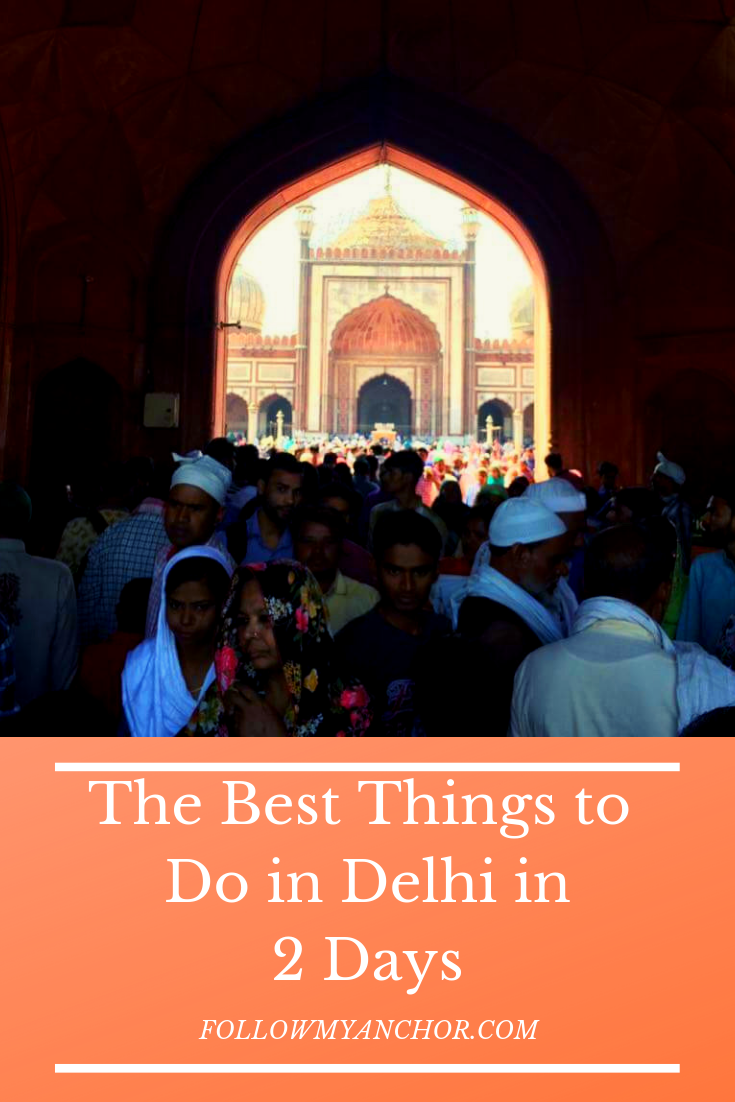

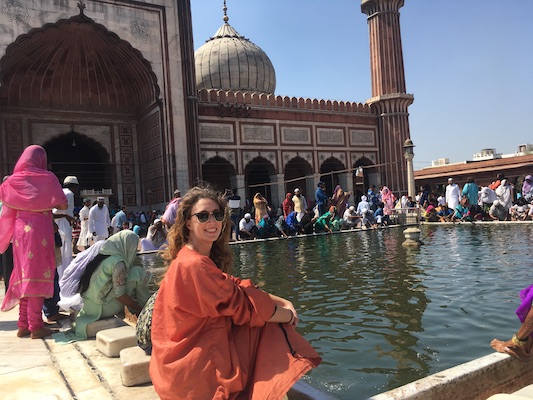
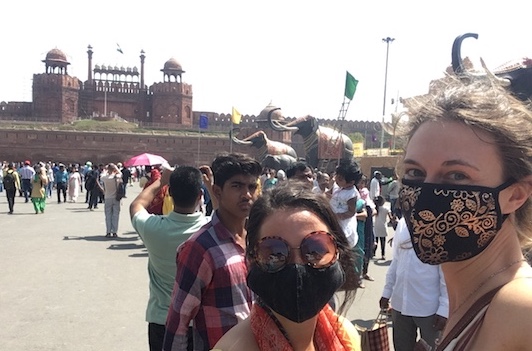
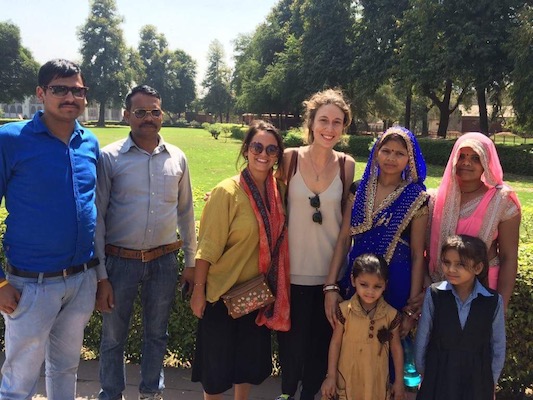
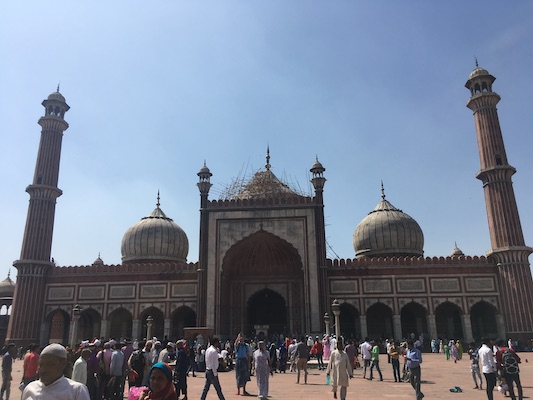
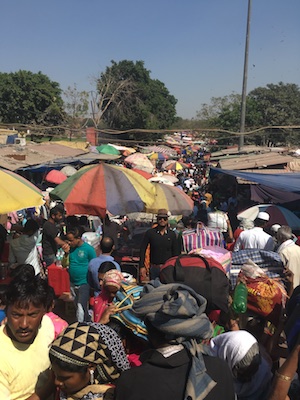
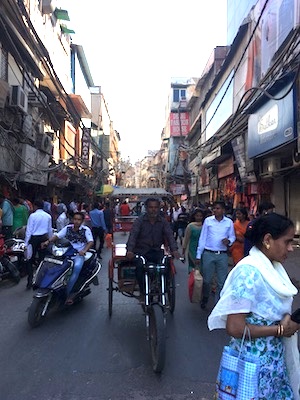
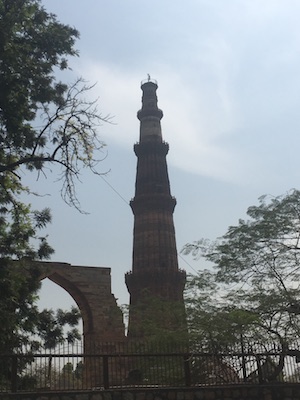

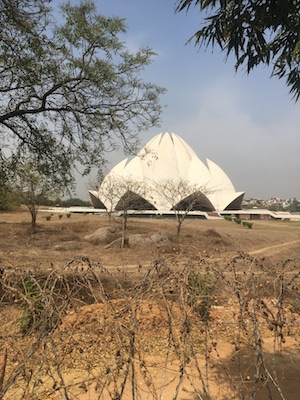
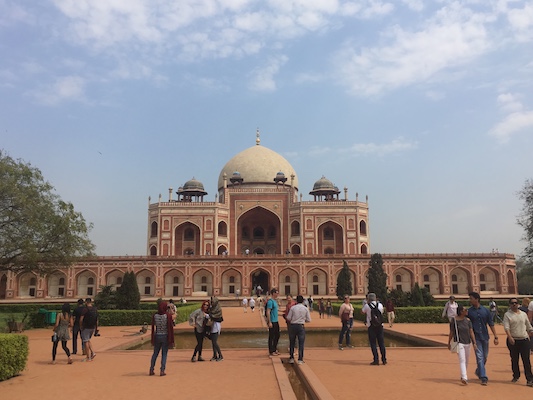
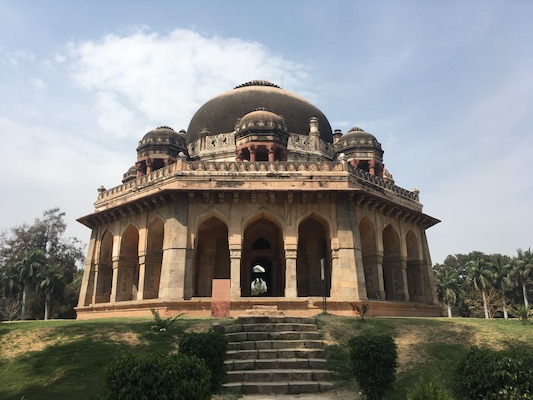
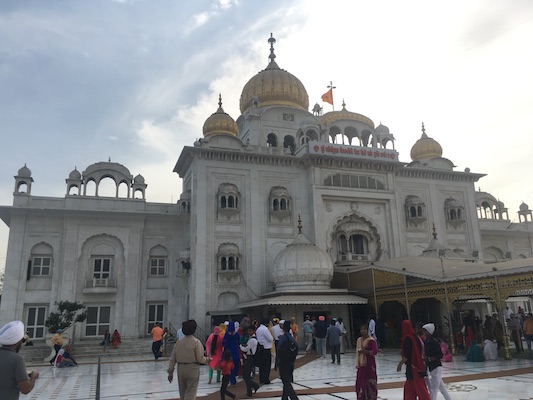
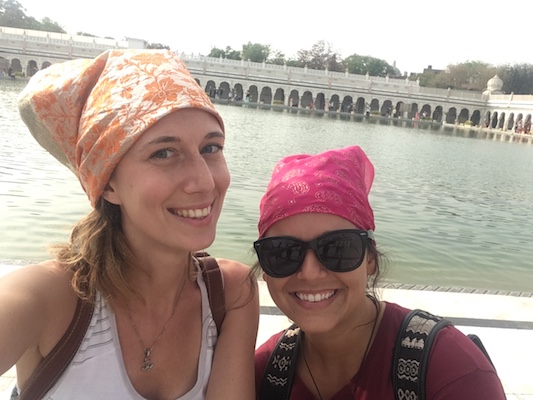
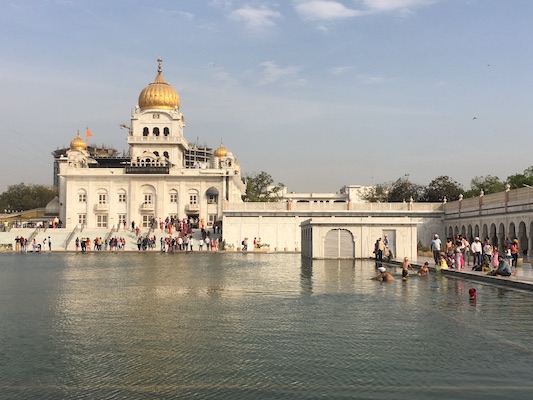
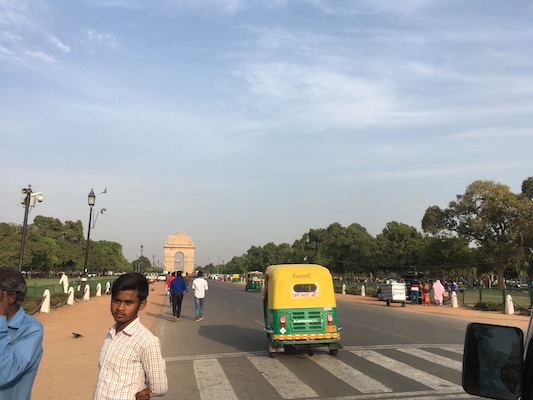
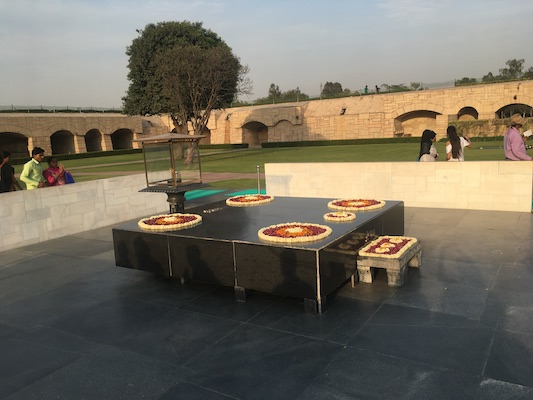
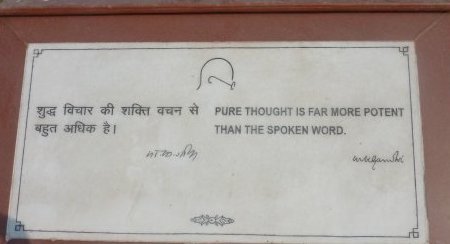
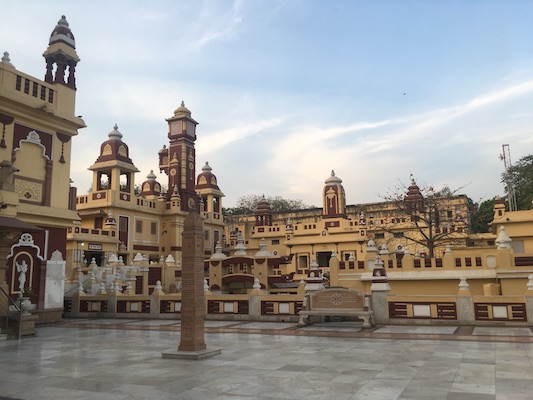
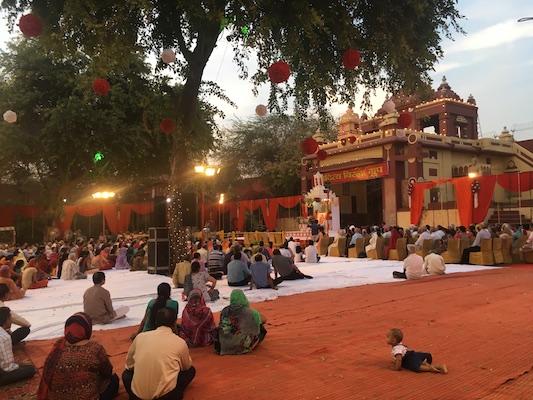
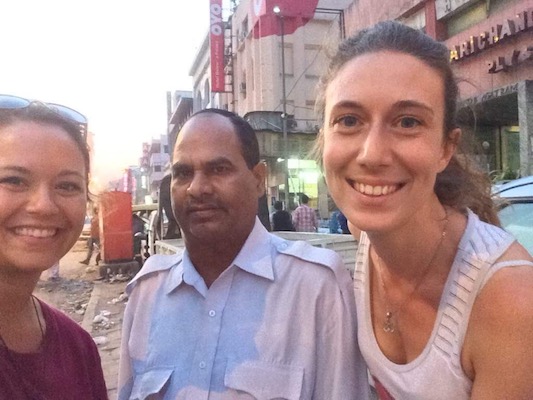

I loved this post! I have been in India once but for work and could not see much! very useful ! and loved your photos <3
Thank you Kristine!
there is so much to see and do in delhi and so much history . the pollution is an issue which needs to be tackled i must say . great food and great sights .
Nice clicks, you are lucky to cover so much in 2 days. There is so much to see in Delhi, sometimes even a week isn’t enough.